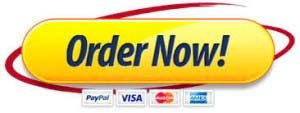Post an explanation of what factors you would analyze to determine when to intervene at a systems level and when to intervene at an individual level. In addition, explain how you might apply the Systems Audit Checklist to an audit of a system with which you are familiar. Explain which of these indicators might be important in your system, and identify what you might want more information about if you were doing an audit of the system you selected


